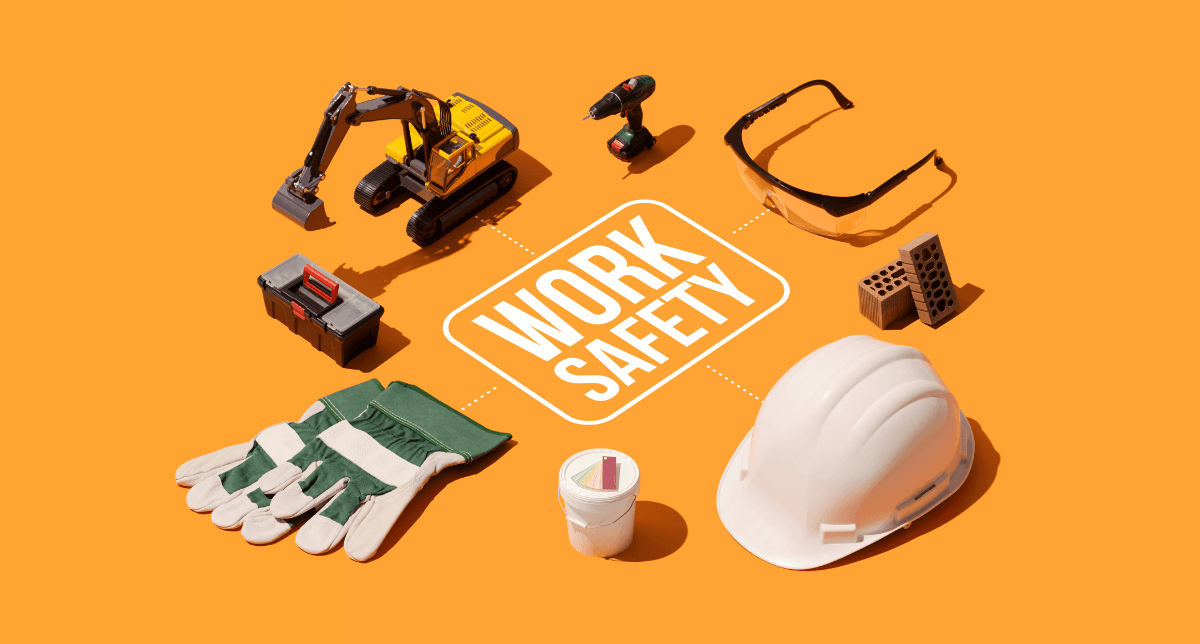When we think of electrical safety, we often picture PPE, lockout tags, and test equipment. But one of the most critical safety controls isn’t a physical tool. It’s effective supervision apprentice electricians.
From 1 September 2025, new requirements for the supervision of apprentice electricians took effect under Section 39 of the Electricity Safety Act 1998 (Vic) and Regulation 507 of the Electricity Safety (General) Regulations 2019 (Vic).
If your business employs electrical apprentices, these changes directly affect how you manage and supervise your team.
Why This Update Matters
This update goes beyond compliance. It recognises that poor supervision is a major factor in electrical incidents, not just technical errors.
Across industries, vague or inconsistent mentoring often leads to mistakes. When supervision fails, the risk doesn’t stop with the apprentice. It extends to the whole team, the project timeline, and your organisation’s reputation.
A Clear Legal Baseline
The new requirements replace previous guidance and set a clear standard:
“An apprentice is only authorised to carry out electrical work when they are working under effective supervision and have a valid training contract.”
No matter how confident or skilled an apprentice becomes, they can only perform electrical installation work under a defined supervision structure. Supervision progresses through three levels: Direct, General, and Broad, depending on the apprentice’s competency.
Each task, from installation to testing, has a minimum supervision requirement. For example, isolation and commissioning always require direct supervision, while routine installation work may transition to broader supervision as skills develop.
Supervision Levels Explained
1. Direct supervision
- Used for new apprentices and high-risk tasks which require extra caution (e.g., isolation procedures and fault finding)
- The supervisor stays within sight and hearing distance, checking all work
- Applies to activities 1:1 supervision ratio
2. General supervision
- The supervisor remains onsite, gives instructions, and performs regular checks, while the apprentice works independently
- 1:3 supervision ratio
3. Broad supervision
- For final-year apprentices with demonstrated competence. The supervisor may not be onsite full time but maintains face-to-face contact during the shift and is readily contactable.
- 1:5 supervision ratio

Supervisors on the Front Line
Supervisors play a crucial role in turning policy into practice. Under the new framework, it is not enough to be available. Supervisors must be actively engaged.
To provide effective supervision, supervisors must:
- Be physically present as required for the task
- Give clear instructions and review work outcomes
- Continuously train and monitor apprentice development
- Remain within sight and earshot during high-risk work such as isolations or fault finding
Building a Culture of Safe Learning
At its core, effective supervision is more than a compliance exercise. It is about creating safe, capable, and confident workforces.
Whether you are setting policy, managing crews, or learning the tools yourself, clear guidance and consistent oversight protect everyone involved. By investing in structured supervision, organisations not only meet regulatory requirements but also build a stronger safety culture that lasts long after the next audit or project.
If you’re reviewing your supervision arrangements or workforce capability in light of these changes, Safety People can help you connect with experienced professionals who understand both compliance and culture. Reach out to us today for more details: Contact Us


